Overfishing
Our world’s fisheries are facing many challenges due to overfishing and its detrimental effects. Factors including limited populations, bycatch and habitat destruction are impacting the state of global fisheries and the sustainability of our oceans.
What is overfishing?
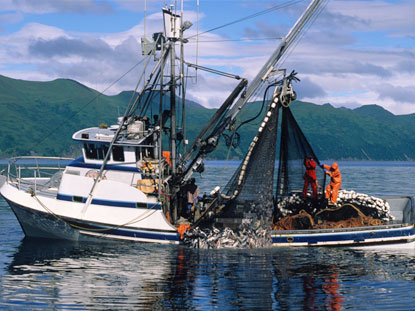 Globally, fisheries are removing fish from the oceans at a faster rate than they can reproduce. This results in depleted populations, decline of ecosystem stability and limited food sources for marine life and communities around the world. Scientists estimate that 75% of the world’s fisheries are either fully exploited, overexploited or have collapsed and only 1% is recovering from depletion. In response to the declining fish populations, the number of fishing vessels has increased. Currently, the commercial fishing fleets are operating at 2.5 times the sustainable level resulting in too many boats chasing a devastating low number of fish. Globally, fisheries are removing fish from the oceans at a faster rate than they can reproduce. This results in depleted populations, decline of ecosystem stability and limited food sources for marine life and communities around the world. Scientists estimate that 75% of the world’s fisheries are either fully exploited, overexploited or have collapsed and only 1% is recovering from depletion. In response to the declining fish populations, the number of fishing vessels has increased. Currently, the commercial fishing fleets are operating at 2.5 times the sustainable level resulting in too many boats chasing a devastating low number of fish.
Over the last 50 years, fishing technologies have evolved to be more efficient than ever. Fisherman have the ability to fish farther and deeper than ever before resulting in astronomical fish catches averaging 80 million tons of fish a year. Research estimates that we have removed 90% of the large predatory fish such as shark, cod and tuna from our world’s oceans. These large fish species are long-lived and slow to reproduce making their populations exceptionally vulnerable to overfishing practices. The state of global fisheries is threatening food supplies, economies and recreation in all parts of the world. Decades of overfishing has driven some fish populations so low that the possibility of recovery, if even possible, would be long-term. |
Other Factors
There are other harmful impacts of overfishing in addition to depleted fish populations. Habitat destruction from fishing gear and bycatch cause detrimental changes to the marine ecosystem.
|
Habitat Destruction
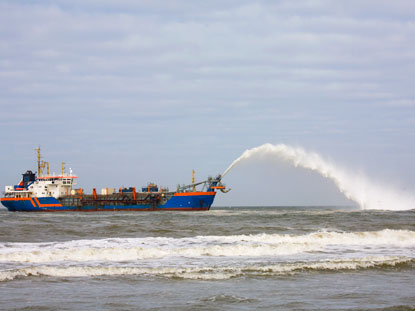 As fishermen work harder to catch fewer fish, their fishing methods can cause negative impacts to the marine environment. Fishing vessels with trawling nets or dredges destroy ocean habitats collecting organisms from coral to shellfish and other bottom-dwellers along in their path. These fishing practices destroy shelter, feeding and breeding grounds that are essential for species survival. Many of the species impacted by these methods have problems recovering from such complete habitat destruction as areas are dredged and trawled multiple times a year. As fishermen work harder to catch fewer fish, their fishing methods can cause negative impacts to the marine environment. Fishing vessels with trawling nets or dredges destroy ocean habitats collecting organisms from coral to shellfish and other bottom-dwellers along in their path. These fishing practices destroy shelter, feeding and breeding grounds that are essential for species survival. Many of the species impacted by these methods have problems recovering from such complete habitat destruction as areas are dredged and trawled multiple times a year.
|
Bycatch
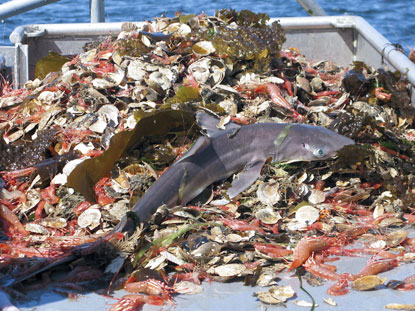
Bycatch is the accidental catch of unwanted species. This occurs when fisherman use large nets or trawling methods to catch large quantities of fish. Often, these methods results in a large catch of the desired fish species but also takes casualties including other fish, birds, sea turtles and marine mammals that are discarded back into the ocean. Worldwide, one out of every four fish caught is discarded, dead or dying as bycatch.
Though bycatch greatly impacts the stability of the marine ecosystem, there are fishing practices that help to limit its effects. Fishermen have the ability to use hook-and-line fishing gear that allows them to quickly release unwanted catch from their hooks because they are reeled in soon after a fish takes the bait. “Turtle excluder devices” are trap doors in shrimp nets that allow turtles to escape and there are new circular-shaped hooks which are less likely to catch turtles. Fishermen also have started fishing at night when birds are less active to help limit the detrimental impacts of bycatch. With this new fishing gear available, fewer animals are affected by bycatch but the problem continues as not every fisherman chooses to use these safer devices.
|
Fishing Down
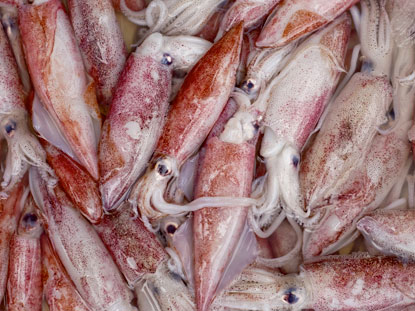 Once a particular fish species has been depleted, fishermen sometimes move onto a new species lower in the food web. As top predator populations decline, more fishermen catch species such as crabs, sardines and squid. These aquatic animals were once bypassed by fisherman but have become important economic and food sources for the world. Issues arise when these important prey species are depleted in the ocean because of human consumption. Many birds and marine mammals depend on these lower level species for survival and their absence creates negative impacts throughout the ecosystem. Once a particular fish species has been depleted, fishermen sometimes move onto a new species lower in the food web. As top predator populations decline, more fishermen catch species such as crabs, sardines and squid. These aquatic animals were once bypassed by fisherman but have become important economic and food sources for the world. Issues arise when these important prey species are depleted in the ocean because of human consumption. Many birds and marine mammals depend on these lower level species for survival and their absence creates negative impacts throughout the ecosystem.
|
Taking Steps Towards Sustainable Seafood
We have the power to make the issues effecting fish populations worse or to improve them. Through better fishing and fish farming practices, we can create healthy and abundant oceans to support everyone including marine animals that depend on fish for food. Seafood Watch is a program of the Monterey Bay Aquarium that works to provide consumers with the most accurate information regarding sustainable seafood as possible. Since 1999, Seafood Watch has been dedicated to educating consumers, fishermen, restaurants and retailers about fishing practices, impacts and best choices for sustainable oceans.
|

|
The oceans supply us with food, help regulate our climate, and supply a livelihood for millions of people. Seafood Watch recommendations don’t hinge on any single issue. They consider the fishery, habitat, species, management, and a host of other factors that affect each species. Through these efforts, Seafood Watch works to provide a clear vision for sustainability. To learn more about sustainable seafood and efforts you can take to make a difference, please visit our Sustainable Seafood page or www.seafoodwatch.org for more information.
|
Sources
National Geographic: Ocean www.ocean.nationalgeographic.com
Seafood Watch www.seafoodwatch.org
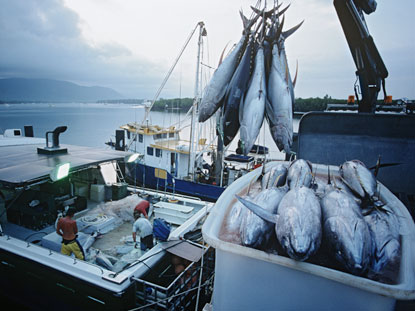
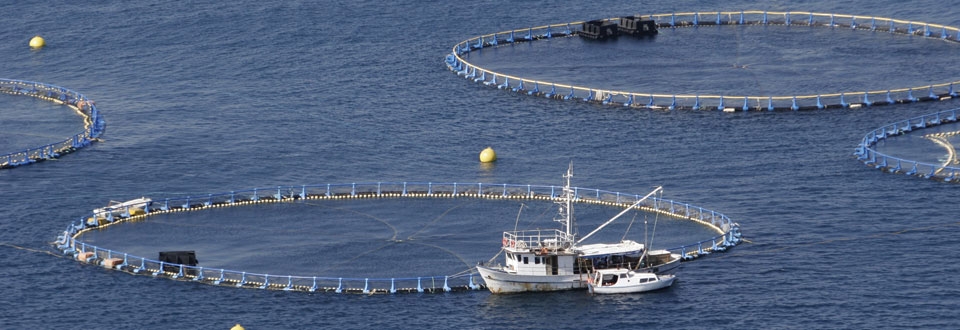
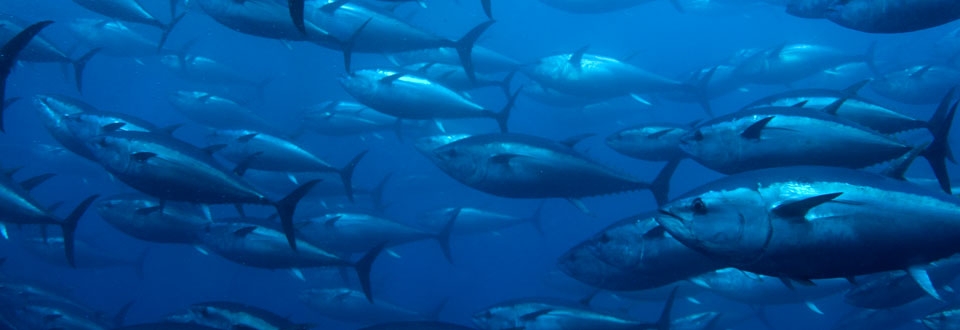
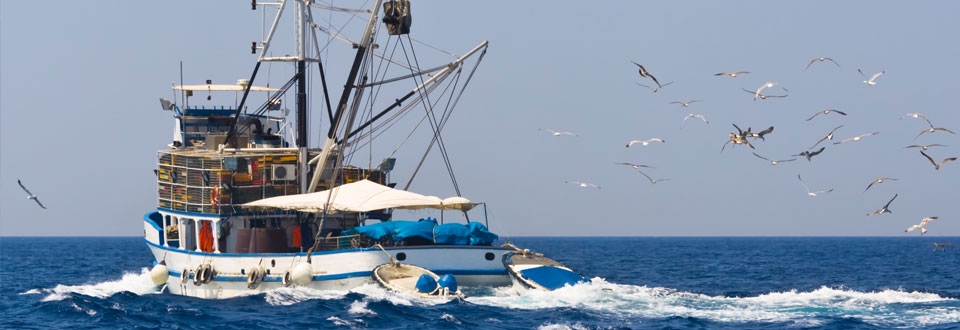
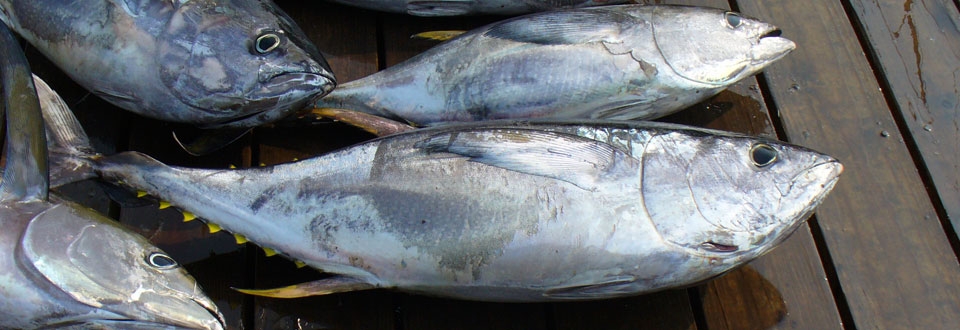
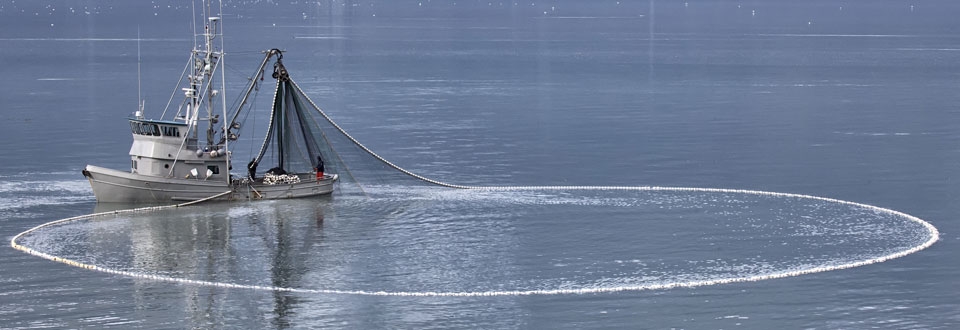
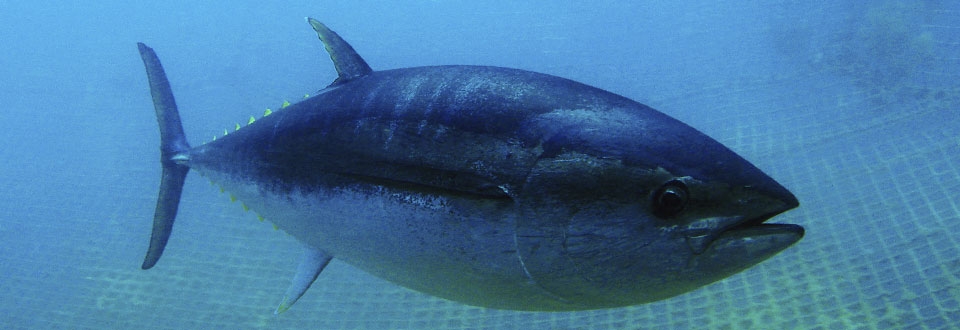





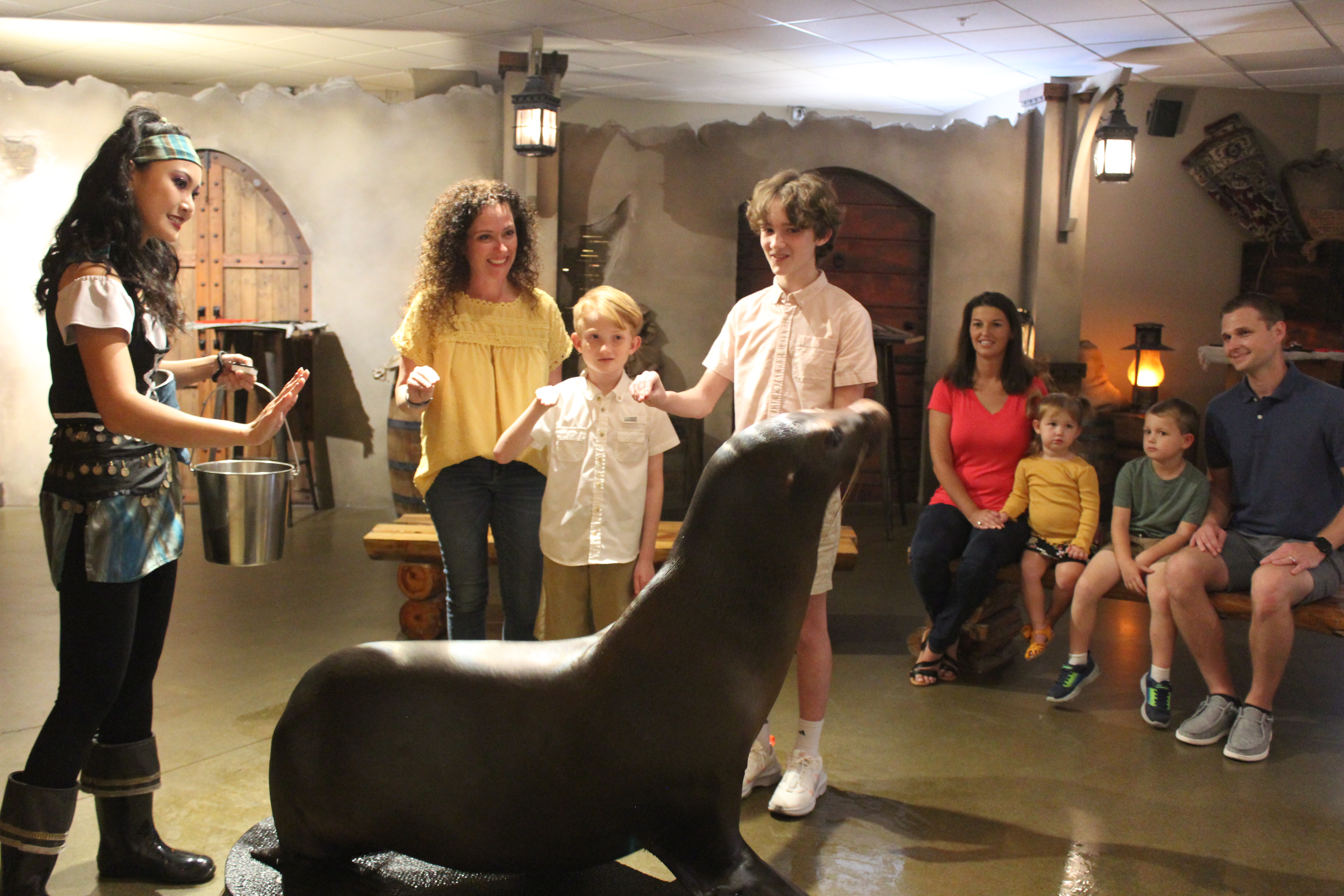 Animal Encounter
Animal Encounter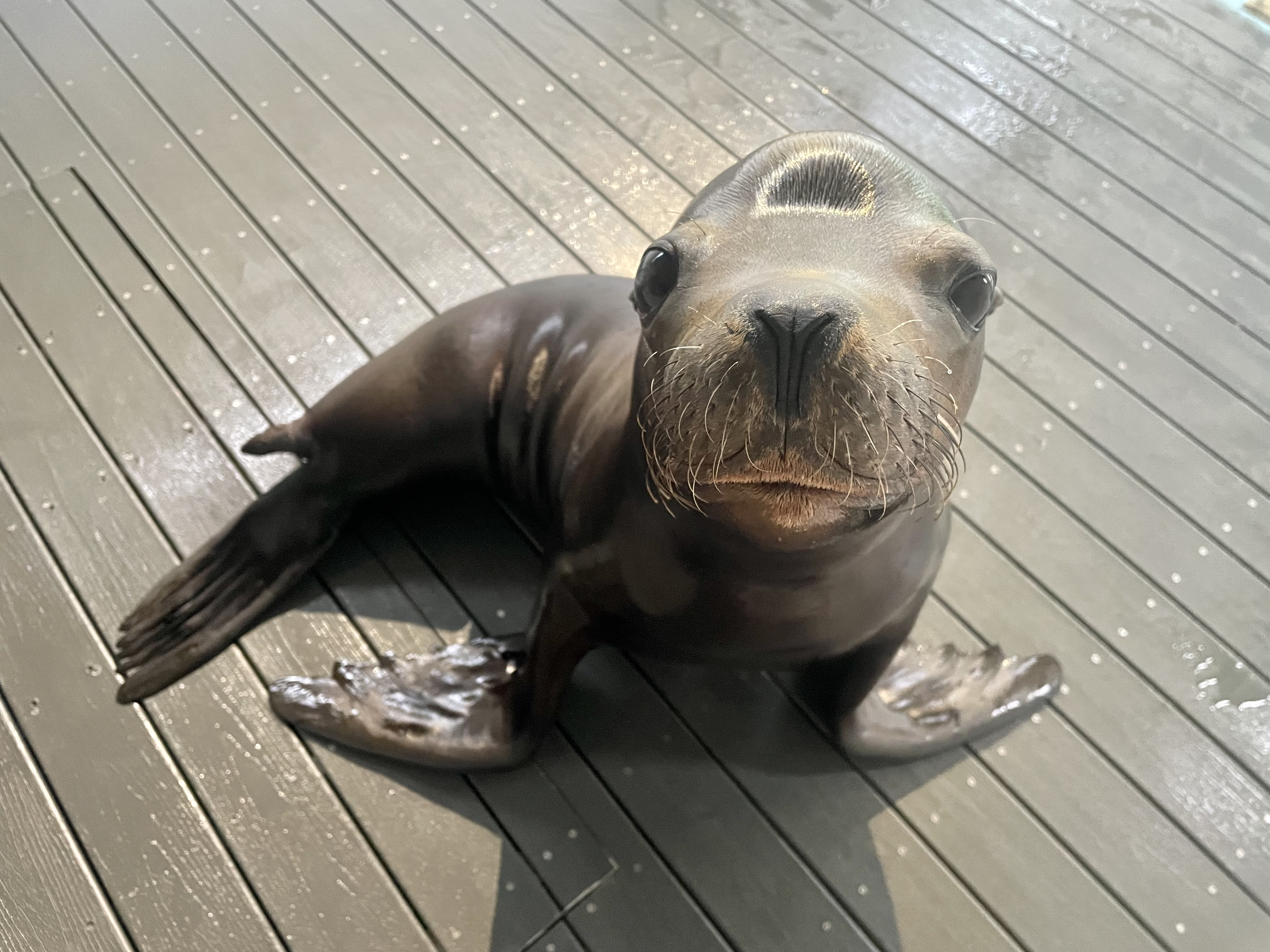 Our Locations
Our Locations
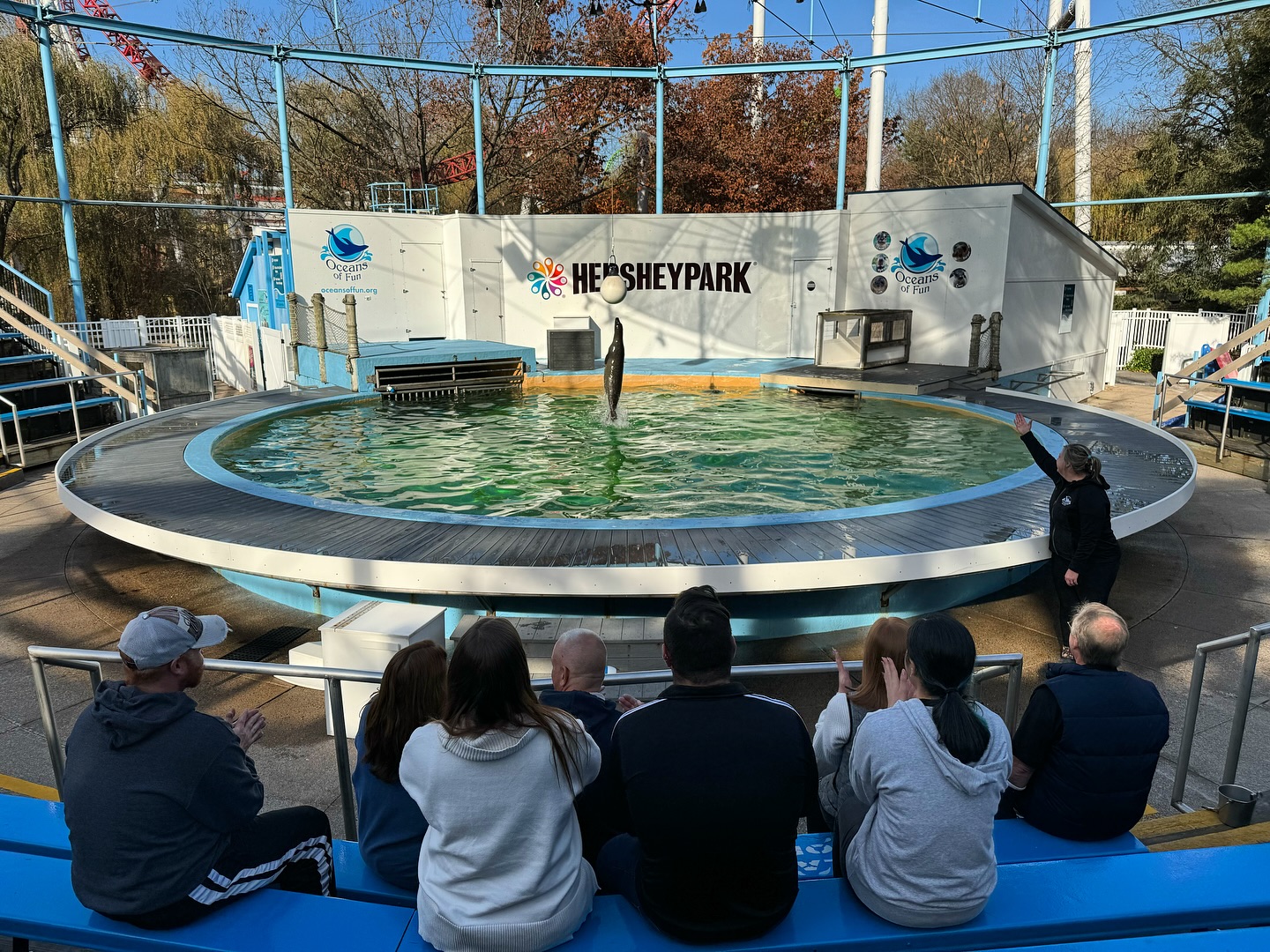 Family Fun
Family Fun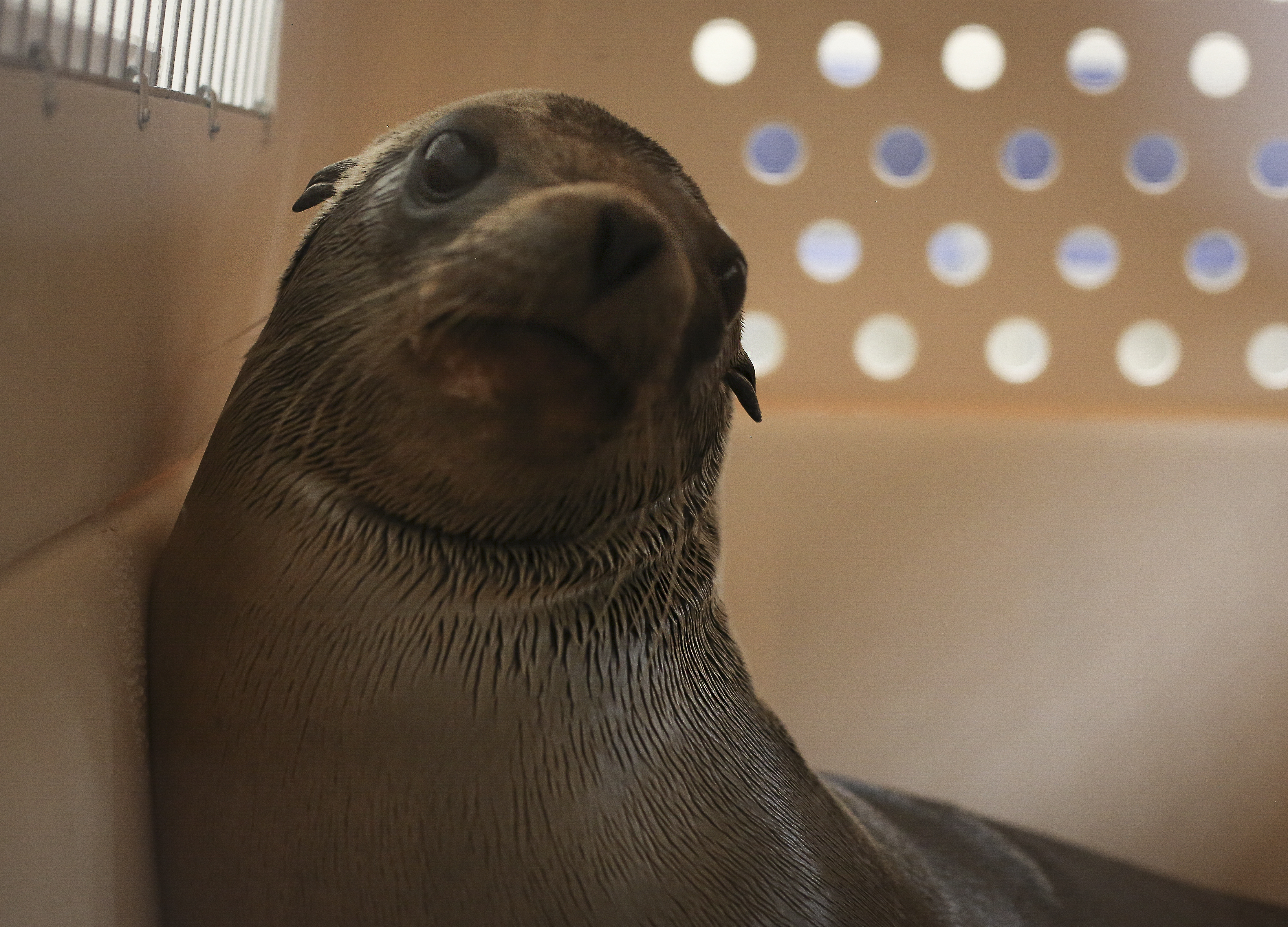
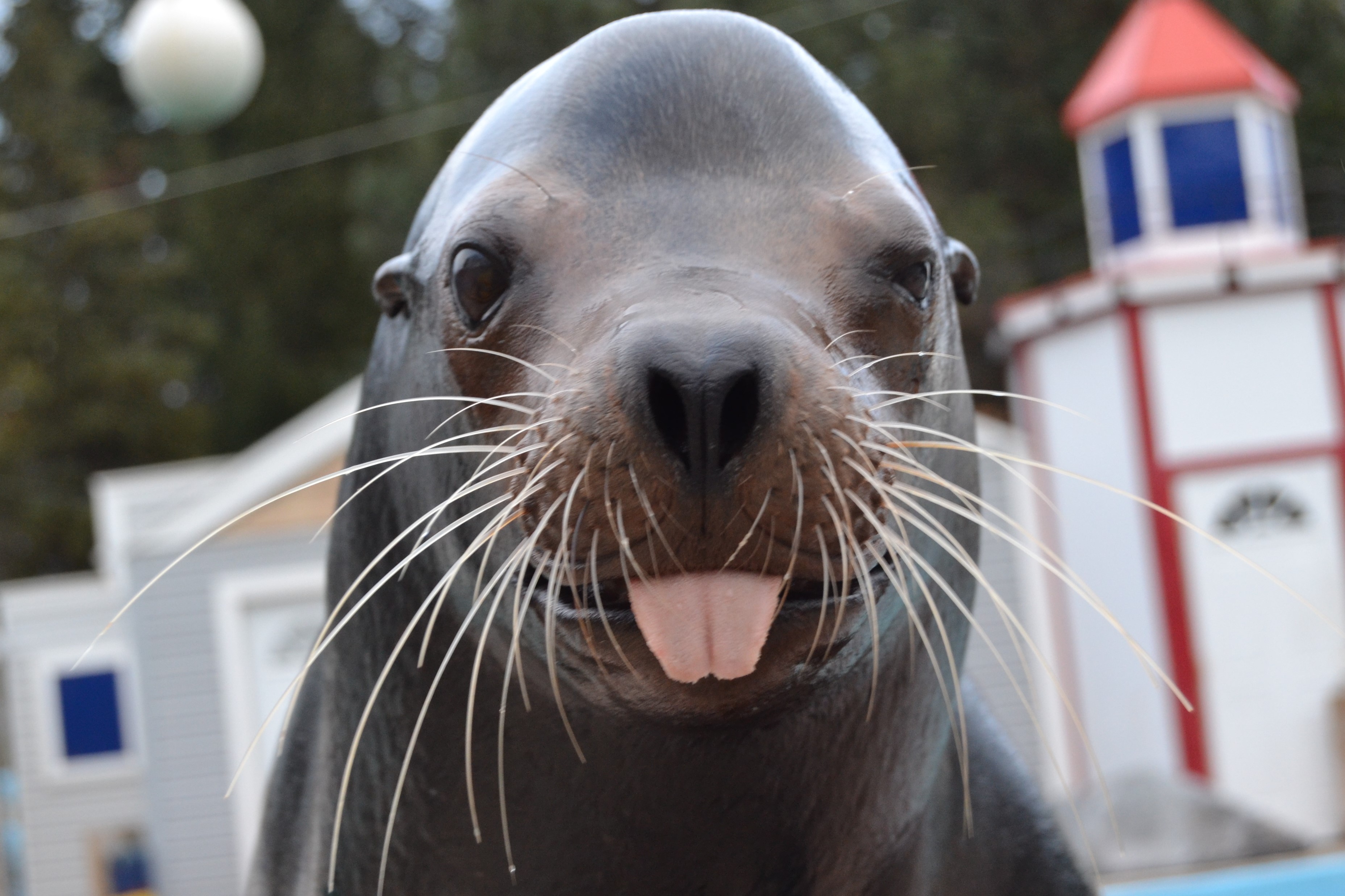
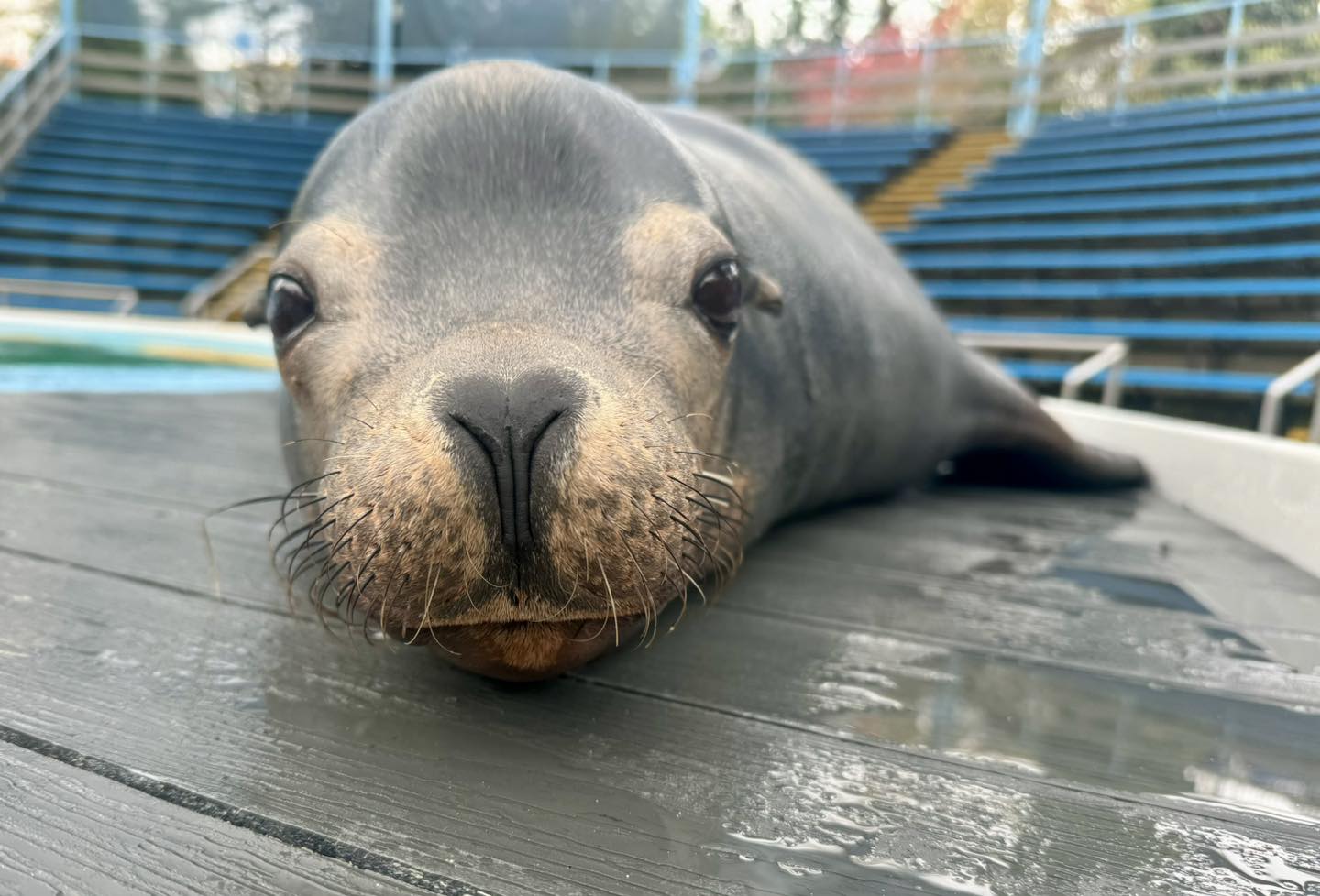 Meet Ripley!
Meet Ripley!
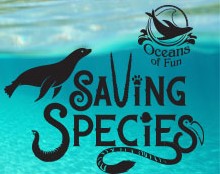
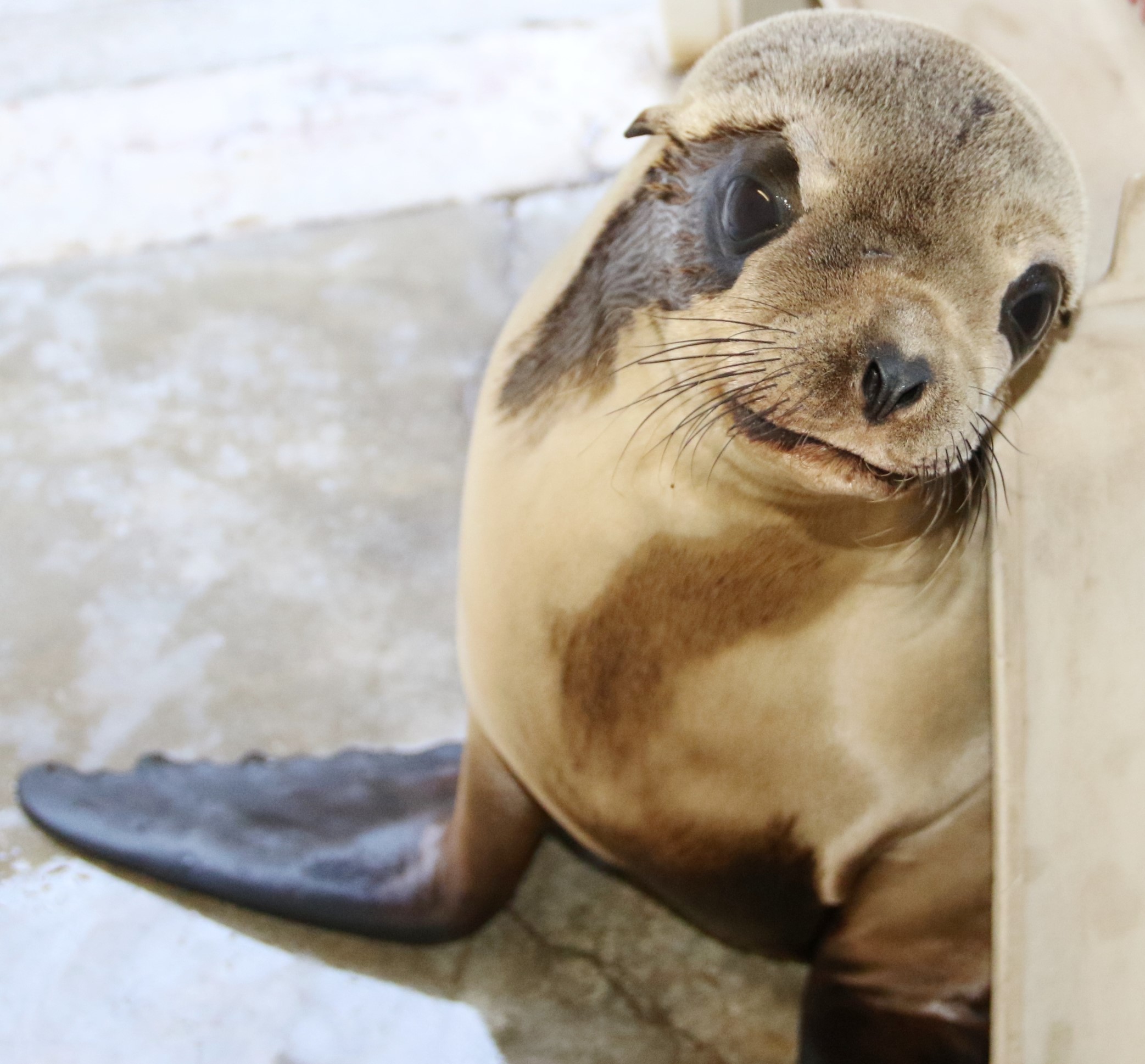










 Globally, fisheries are removing fish from the oceans at a faster rate than they can reproduce. This results in depleted populations, decline of ecosystem stability and limited food sources for marine life and communities around the world. Scientists estimate that 75% of the world’s fisheries are either fully exploited, overexploited or have collapsed and only 1% is recovering from depletion. In response to the declining fish populations, the number of fishing vessels has increased. Currently, the commercial fishing fleets are operating at 2.5 times the sustainable level resulting in too many boats chasing a devastating low number of fish.
Globally, fisheries are removing fish from the oceans at a faster rate than they can reproduce. This results in depleted populations, decline of ecosystem stability and limited food sources for marine life and communities around the world. Scientists estimate that 75% of the world’s fisheries are either fully exploited, overexploited or have collapsed and only 1% is recovering from depletion. In response to the declining fish populations, the number of fishing vessels has increased. Currently, the commercial fishing fleets are operating at 2.5 times the sustainable level resulting in too many boats chasing a devastating low number of fish. As fishermen work harder to catch fewer fish, their fishing methods can cause negative impacts to the marine environment. Fishing vessels with trawling nets or dredges destroy ocean habitats collecting organisms from coral to shellfish and other bottom-dwellers along in their path. These fishing practices destroy shelter, feeding and breeding grounds that are essential for species survival. Many of the species impacted by these methods have problems recovering from such complete habitat destruction as areas are dredged and trawled multiple times a year.
As fishermen work harder to catch fewer fish, their fishing methods can cause negative impacts to the marine environment. Fishing vessels with trawling nets or dredges destroy ocean habitats collecting organisms from coral to shellfish and other bottom-dwellers along in their path. These fishing practices destroy shelter, feeding and breeding grounds that are essential for species survival. Many of the species impacted by these methods have problems recovering from such complete habitat destruction as areas are dredged and trawled multiple times a year.
 Once a particular fish species has been depleted, fishermen sometimes move onto a new species lower in the food web. As top predator populations decline, more fishermen catch species such as crabs, sardines and squid. These aquatic animals were once bypassed by fisherman but have become important economic and food sources for the world. Issues arise when these important prey species are depleted in the ocean because of human consumption. Many birds and marine mammals depend on these lower level species for survival and their absence creates negative impacts throughout the ecosystem.
Once a particular fish species has been depleted, fishermen sometimes move onto a new species lower in the food web. As top predator populations decline, more fishermen catch species such as crabs, sardines and squid. These aquatic animals were once bypassed by fisherman but have become important economic and food sources for the world. Issues arise when these important prey species are depleted in the ocean because of human consumption. Many birds and marine mammals depend on these lower level species for survival and their absence creates negative impacts throughout the ecosystem.
